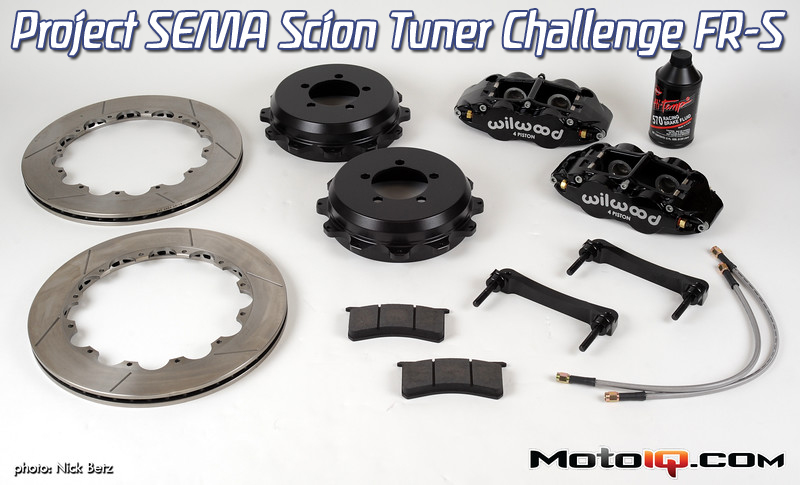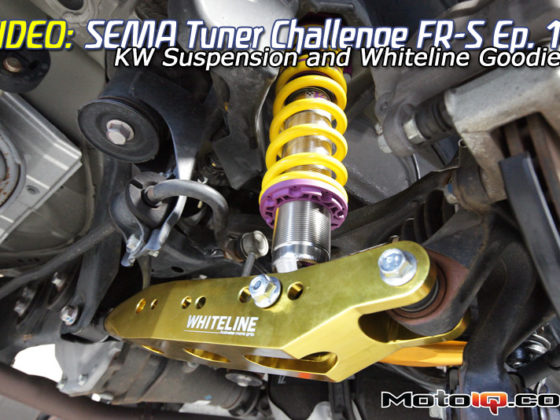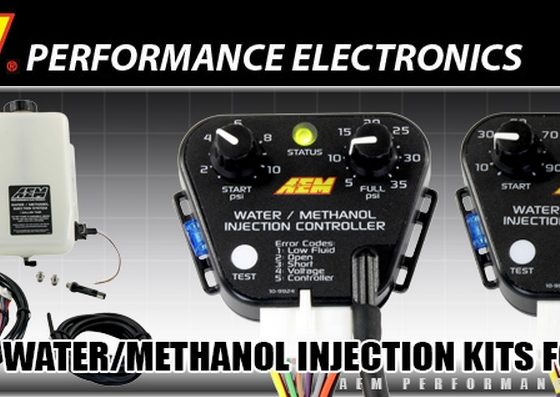
In our last installment of build a SEMA car in two weeks, we went over our suspension refresh with parts from Whiteline and KW Suspension. Now we are turning our attention towards stopping power using brake components from Wilwood.
In our experience with doing trackdays with the FR-S we have noted that although the stock brakes are fine with the stock wheel/tire combination, that quickly changes when you add sticky tires. More grippy tires put a lot greater load on the brakes and allow higher speeds overall. This quickly kills the stock brakes.
With more capable tires the stock brakes fade and most upgrade the brake pads, lines and fluid. This is great but really fast and aggressive drivers can now push the brake system into the zone of serious failures. We have seen rotors crack and even calipers warp and spring leaks on track driven cars with enhanced grip tires.
Since our car is getting both a significantly larger and stickier tires and a lot more power in the form of an HKS supercharger we decided to be proactive and fit our car with a 4 wheel big brake system from Wilwood. We have a lot of experience with Wilwood in Formula D and in our own personal race cars and were eager to use one of their systems on our latest car.
We are not messing around. Wilwood supplied us with a 4 wheel brake system with significantly larger rotors, bigger calipers, much larger brake pad area, braided steel brake lines and all of the brackets and hardware needed for an easy installation.
The front brakes are a significant upgrade from stock. The two piece front rotor has an alloy center section combined with a forged alloy caliper to reduce the system weight to the point where the brakes are about 3 lbs lighter than stock per corner despite having much greater braking power and fade resistance than stock.
The front caliper features six pistons for more even distribution of pressure to the brake pads. Differential piston sizes are used with the leading pistons being smaller than the trailing pistons. This is done to avoid the phenomenon of taper wear which is caused by a tipping moment induced by the pads causing the leading edge to dig in more during initial brake application. Stainless steel abutments prevents the brake pad backing plate from digging into the caliper body which would certainly cause some pedal consistency issues.
The front caliper features a strong and stiff forged aluminum body and stainless steel pistons with minimal pad contact area. This minimized contact area limits heat transfer to the caliper body and fluid. Stainless steel has half the thermal conductivity of regular steel which also helps. A bridge bolt enhances overall caliper stiffness and help ensure a nice firm brake pedal.
The front rotor measuress 327mm in diameter and is 1.1″ thick. This is much larger than stock. A larger rotor translates to more swept area and gives the caliper a bigger moment for its stopping power to work the tire’s contact patch. Bigger and thicker also means greater thermal mass for increased heat capacityl. The rotor has internal spiral venting to allow cooling air to be pumped through the rotor. The hard anodized alloy hat resists corrosion and reduces unsprung weight.
Related









